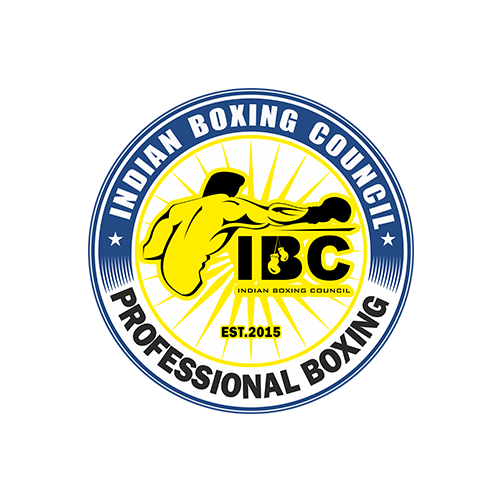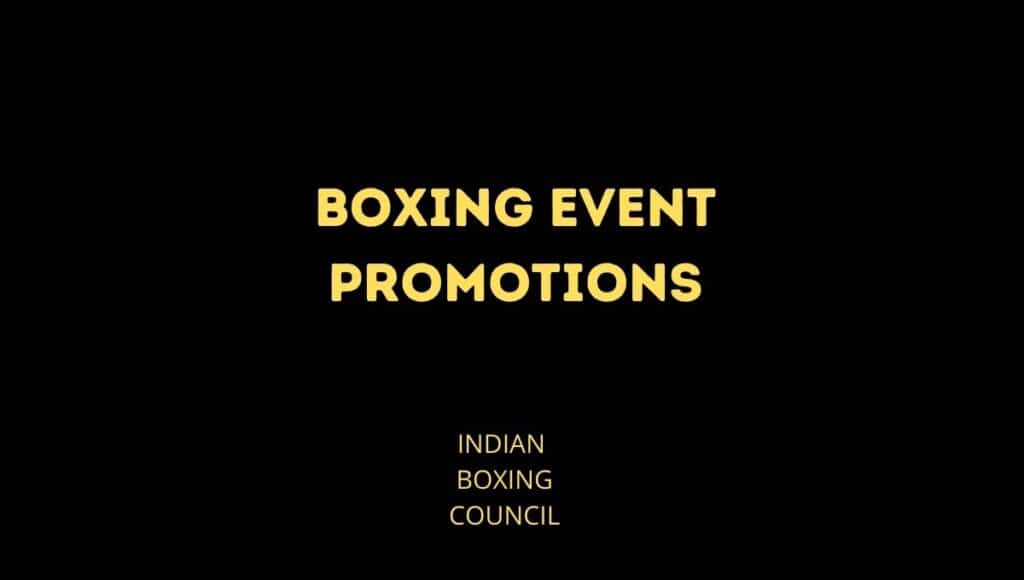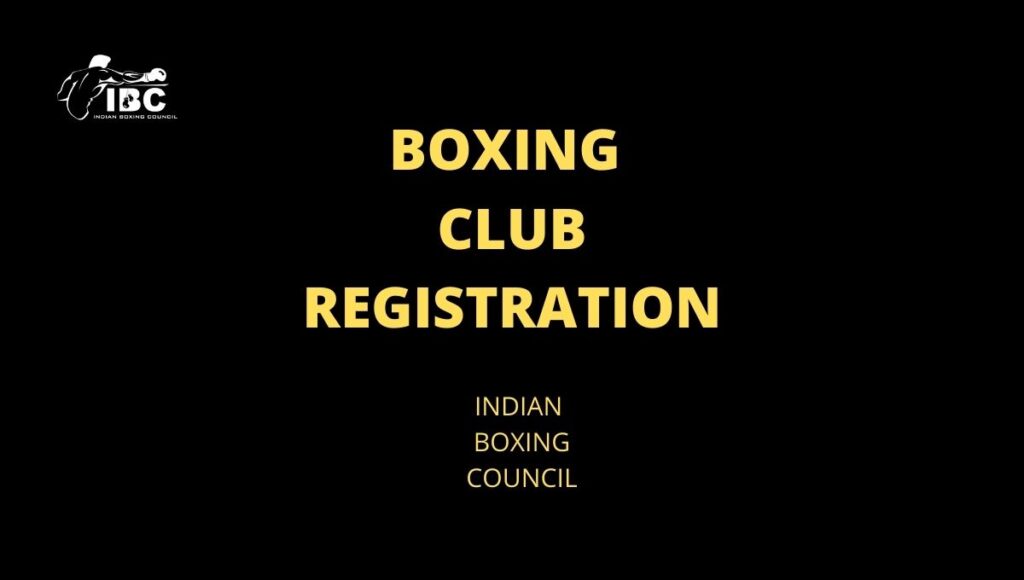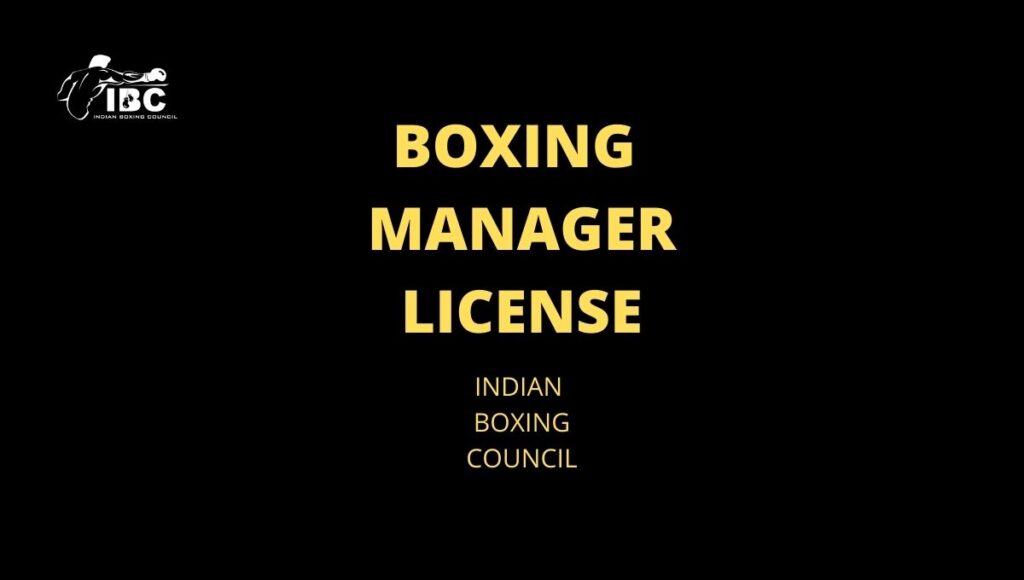CLICK HERE FOR APPLICATION FORM
WHO IS A PROFESSIONAL BOXING COACH
Coaches (Trainers) are essential at every level of boxing and the success of the sport depends on the quality of its coaches.
Every coach, whether an assistant coach helping out at a local amateur club, or a top professional boxing coach of a Championship level boxer, plays a vital role in developing boxers to reach their true potential.
Just as boxers must continuously improve in order to be successful, so too must their coach, as such a good coach keeps up on the latest developments and techniques within the sport, as all coaching developments must ultimately result in a better quality of training and experience for boxers.
To be eligible for a IBC coaches license the applicant must show a level of experience gained within either an amateur or professional boxing environment.
PROFESSIONAL BOXING CORNER MAN
A corner man is a person who is permitted to be present in a fighter’s corner during a boxing match in order to provide advise or assistance to the fighter. The terms trainer, corner man, and cut man have technically distinct meanings in the sport; although each term is sometimes used interchangeably with the others.
The corner man is either as part of the ring team of a competing boxer, or employed by the promoter, as a House Second, in order to be on hand to provide ring support for any competitor who does not have a full team at the event.
The second is on hand to undertake all ancillary duties during the minute break between rounds, to ensure that the boxer’s coach can concentrate on his charge during this critical time.
PROFESSIONAL BOXING CUTMAN
The cutman is the specialist second who deals with cuts sustained by a boxer during a bout.
His or her job is to stop any bleeding from the face or nose and also to reduce swelling around the eyes by applying cold pressure.
The tools of a cut man’s trade are Vaseline (or some other acceptable lubricant) used to help keep facial skin elastic to avoid cuts. This method should be used judiciously, however, because if too much gets on the opponent’s gloves, it could get in the eyes of the cutman’s fighter.
Another tool is an Enswell, which is also known as a Bruise Iron, which is nothing more than a flat or molded piece of metal that can be kept in ice and used to apply firm direct cold pressure to a laceration.
The Enswell (Bruise Iron) can also be used to reduce swelling around the eyes.
Several chemicals are used on cotton-tipped swabs to coagulate the blood and stop bleeding; Thrombin or Adrenaline (epinephrine) and Avitine can be used in conjunction with each other.
Thrombin or Adrenaline (epinephrine) is applied with a swab after a clean, dry towel has cleaned the wound and slowed the bleeding.
After the bleeding is controlled, the cut is filled with Avitine, a powder that forms a sort of instant scab.
Please note: Avitene can only be used if the cut is actively bleeding, and Thrombin or Adrenaline (epinephrine) can only be used if blood is removed first and surface is dry!
An acceptable alternative to using Thrombin or Adrenaline (epinephrine) and Avitine is Surgicel, or a similar brand of hemostatic gauze such as Qwick-Aid, Celox or QuikClot (all of which are allowed by IBC), which are used to control bleeding during operations. The gauze is placed in the cut and then ‘glued’ into place with a smear of Vaseline, preferably mixed with a small amount of Aloe.
Adrenaline hydrochloride is used to stop nosebleeds by being inserted into the nostril/s on a cotton-tipped swab and pinching the nose shut on it.
All these things are considered basic first aid; for anything more serious, a ring doctor should be consulted.
A licensed coach can also be the team cutman, however it is always advisable that the cutman of a team should concentrate on that role alone.



